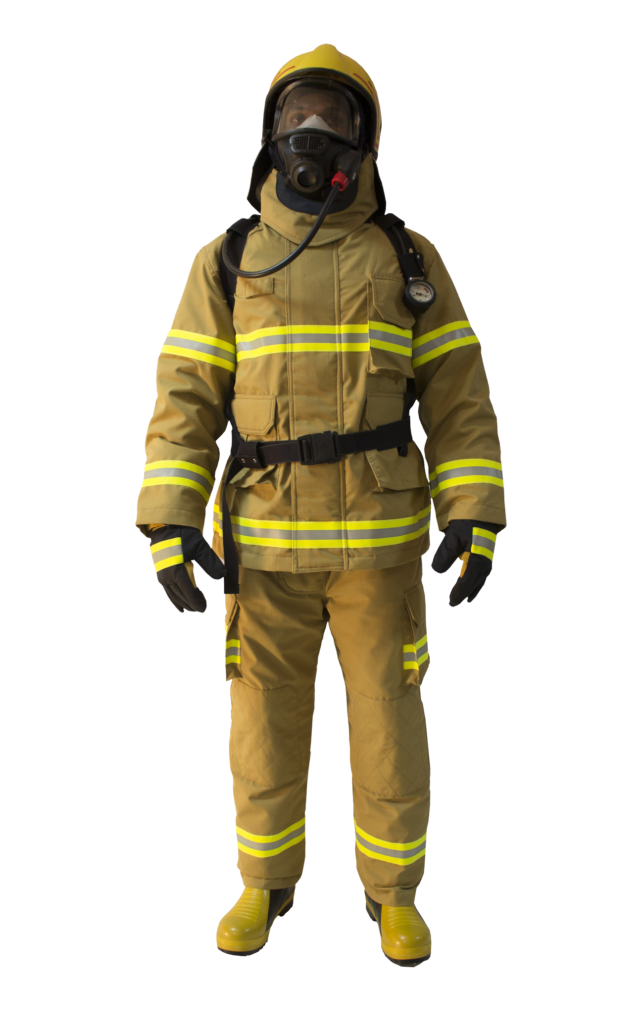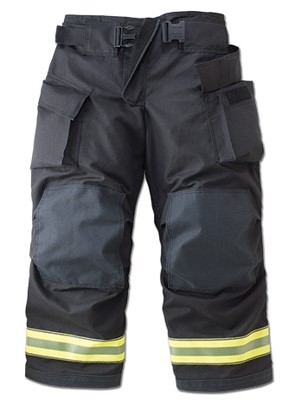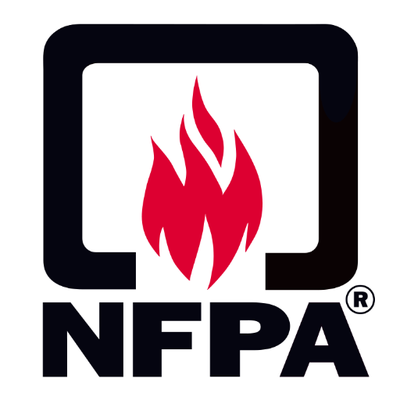Trust all my readers are staying safe. We have discussed a lot on Fire safety in the past year. A lot of aspects were covered and I trust the information has been helpful to understand the dynamics of Fire and its character. We all know that fire fighting is dangerous and not to be done by untrained people. In this blog let us discuss the dangers faced by the Fire service personnel while battling the fire and how to ensure they return back safely to their families.

There are 5 common hazardous situations most fire fighters find themselves during a fire ground operation.
- Elevated Temperature
- Smoke
- Oxygen Deficiency
- Toxic Atmosphere
- Structural Collapse
All the above situations present different challenges and are life threatening conditions. Though the fireman in advanced countries are highly trained it is not so in developing countries. To face these situations, rescue people and still coming out alive is a huge task. Hence a fire fighter needs to be properly equipped before he can even fight the fire.
Let us start with the dress of the fire fighter. This is called the fireman suit and it consists of the following.
- Helmet with Neck Protector
- Protective Flash Hood
- Jacket
- Gloves
- Trousers
- Boot

Helmet: The helmet protects the head, neck and face. It consists of a cap shell, cap hoop, the buffer layer and chin strap. It has an anti-scratch outer coating and anti-fog visor. The shell is made of TPE (Thermo Plastic Elastomer) material for resisting high temperature. The visor is polycarbonate. The neck protector has to be made of genuine leather. The interior of the helmet should have ventilating channels for sweat absorption and a shock absorber made of Poly Ethane foam. The chinstrap should be made of flame retardant cotton.

Protective Flash Hood: The protective hood provides thermal insulation to the sensitive parts of the head. It should have an elasticated face opening with comfortable seams. The hood should be flame and abrasion resistant. The flash hood should be double layered and made of 50% Meta-aramid and 50% viscose fabric and manufactured as per the latest fire safety standards.
Fireman jacket and trouser: These are the largest and most important parts of dressing up a fireman. Both the jacket and the trouser should consist of 4 layers.
1.Outer Layer
2.Moisture Barrier Layer
3.Heat Barrier Layer
4.Inner Lining
The outer layer is the most important layer which is exposed to heat and flame. It should be made of molecular engineered fire resistant fabric. The outer layer is made of 60% Para-aramid and 40% Meta-aramid. The outer layer should be 245 GSM fabric.
The moisture barrier layer protects the firefighter against water, chemicals, blood borne pathogens and microorganisms. It should be made of 80% Meta-aramid 20% Para-aramid coated with PTFE (Teflon). The moisture layer must be made of 110 GSM fabric.
The heat barrier layer provides protection from heat. The material should be non-woven spun laced fire resistant material. It should comprise of 80% Meta-aramid and 20% Para-aramid fabric. The heat barrier layer fabric should be 70 GSM.
It is common knowledge that a firefighter would sweat a lot and hence absorption of sweat is important too. The inner layer should made up of 50% Meta-aramid and 50% Para-aramid fire resistant viscose material. The inner layer fabric should be 150 GSM.
A wrist guard is sewn into the jacket, which protects the exposed skin between the edge of the sleeve and the glove. The collar is designed to protect the throat and the back of the neck. The special elbow guards protect the fireman’s elbow while crawling.
The special reinforced knee guards protect the knees while fighting fire. The trouser also consists of cargo pockets, suspenders, and stretch waistbands.

Gloves: Fireman gloves provide protection to the hands from heat and is also water repellent. It should be made of leather and lined with Cotton and a split leather cuff, stitched with fire resistant threads. The glove is Gunn cut designed with winged thumb, gauntlet type.

Boot: The fireman boot comes in black and yellow colour. It has vulcanized rubber uppers and soles and is lined with Woven Cotton material. It has Epoxy toe caps and has lacquer coating for weather protection.
It is thermal resistant, waterproof, puncture resistant, chemical resistant, anti-crush and electrically insulated. The soles are slip resistant, highly durable and have minimum heel impact. The steel midsole provides protection from pins and sharp objects.
Every Fireman suit made should pass the following tests as per the world standards.
- Flame Spread
- Heat Transfer (Flame)
- Heat Transfer (Radiant Heat)
- Residual Strength of Material (All Layers)
- Heat Resistance (All layers)
- Tensile Strength (Outer layer)
- Tear Strength (Outer layer)
- Penetration by Liquid Chemicals
- Resistance to Water Penetration
- Water Vapour Resistance
By donning the fireman suit a firefighter is ready for fire ground operation but to fight the oxygen deficiency and smoke he needs a Self Contained Breathing Apparatus (SCBA). We shall discuss about it in the next blog.
Till then stay safe and be safe.
Seshadri Varadarajan – 9840814353
For more information on Fire Man Suit, visit www.ushafire.com and www.resguardo.com




